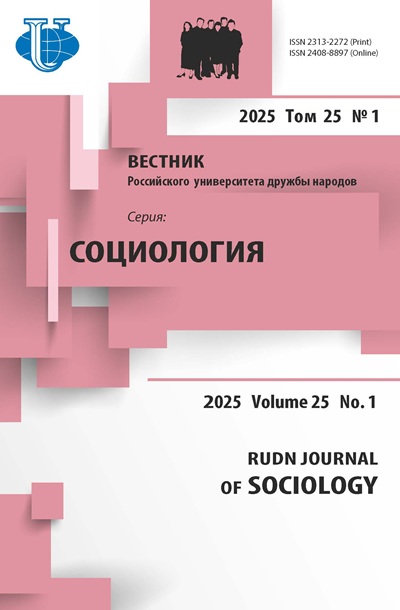Abstract
The article considers approaches to the measurement of precarious employment for numerous studies suggest various ways to estimate its scale based on empirical data. To systematize various methodological solutions, the author identifies three approaches to the measurement of precarization: at the macro-, meso- and micro-level. Each approach is described and illustrated with examples from Russian and foreign scientific literature. The first approach (at the macro-level) studies the prevalence of specific indicators of precarization in dynamics or different social-demographic groups that can be considered precariat. The second approach (at the meso-level) compares different types of non-standard and standard employment in terms of the quality of jobs and working conditions to identify types of employment that can be considered precarious. The third approach (at the micro-level) focuses on the individual employment instability, its subjective perception, lack of employment security, and develops precarization indices. The comparison of indicators within such indices allows to identify common components of precarization: characteristics of wages, social and legal protection, and feeling of insecurity. The article emphasizes features of each approach for the measurement of precarization: the first takes into account not only the employed population but also other categories; the second compares groups representing different types of employment but does not take into account the internal heterogeneity of these groups and considers them as having a high or low level of precarization; this disadvantage is overcome in the third approach that measures precarization at the individual level and takes into account not only types and conditions of work but also voluntary/forced nature of employment.














